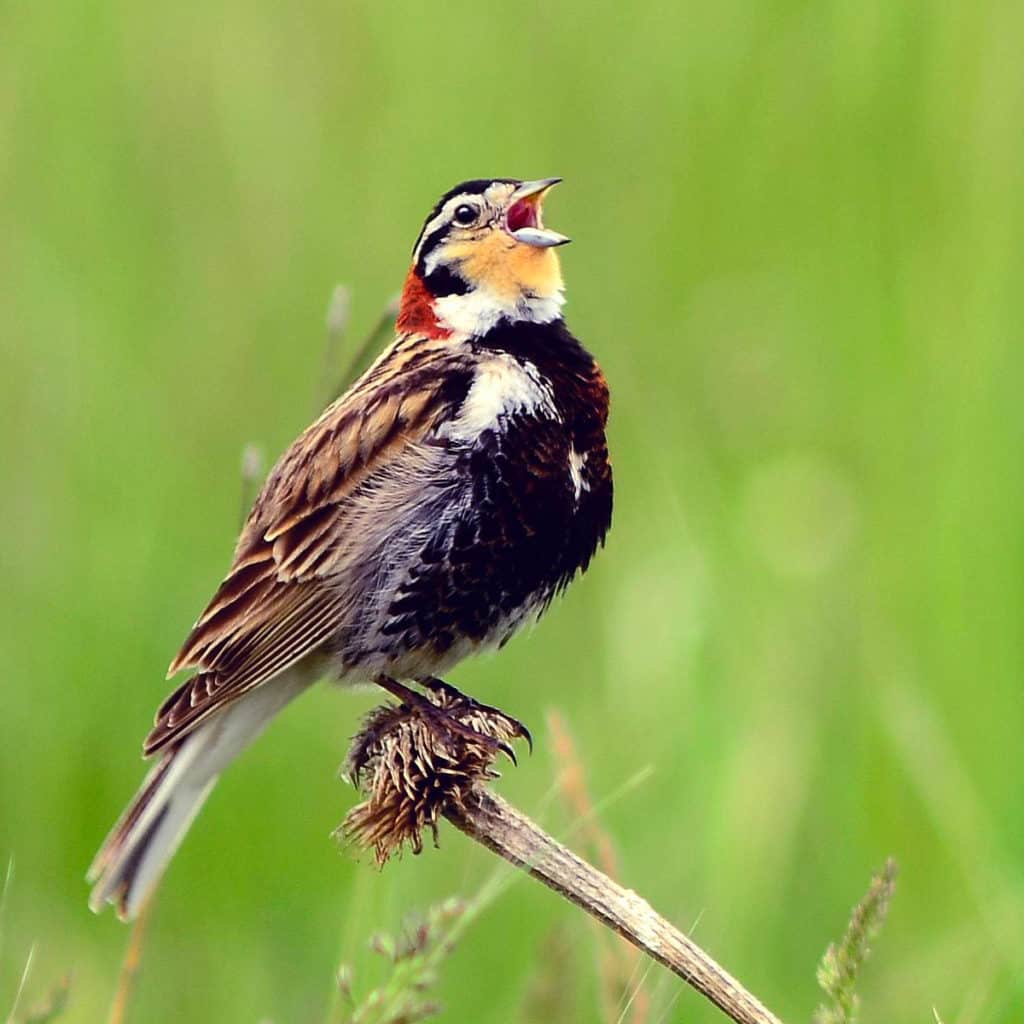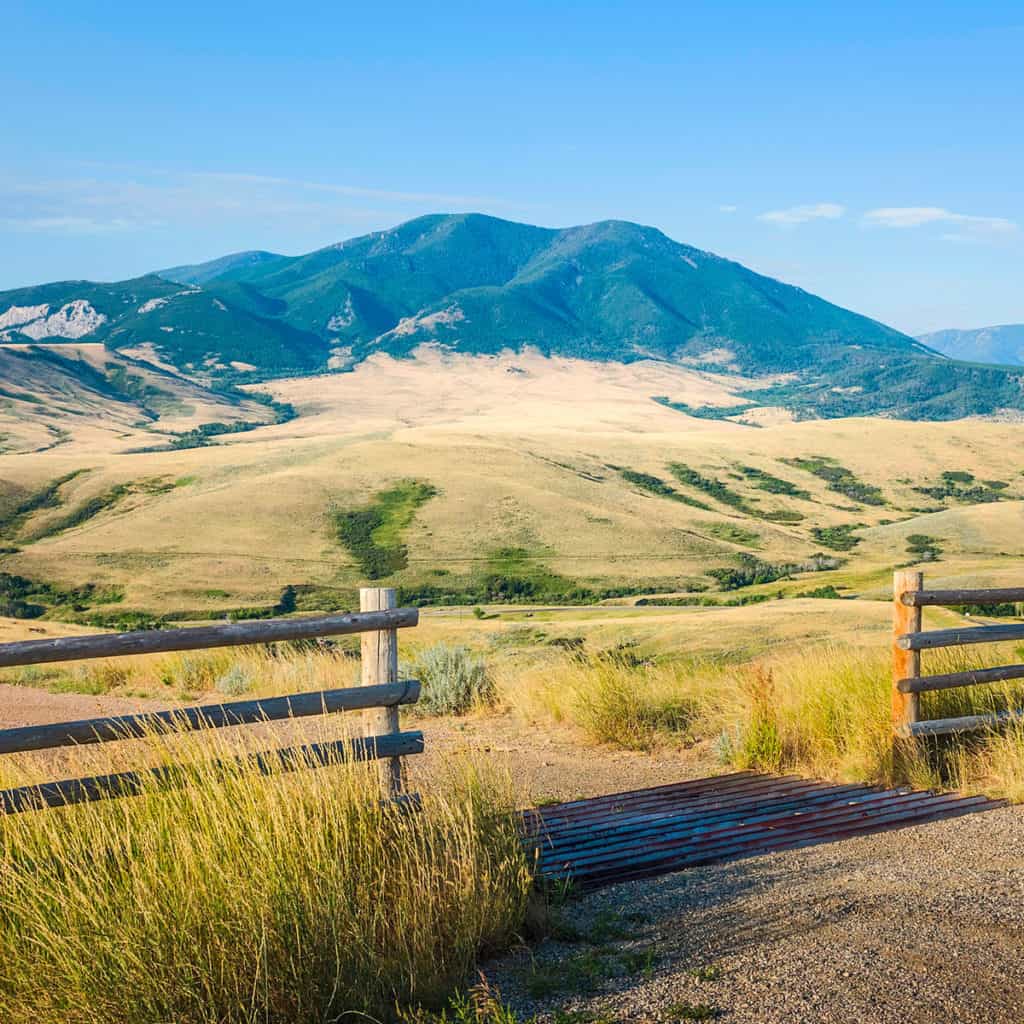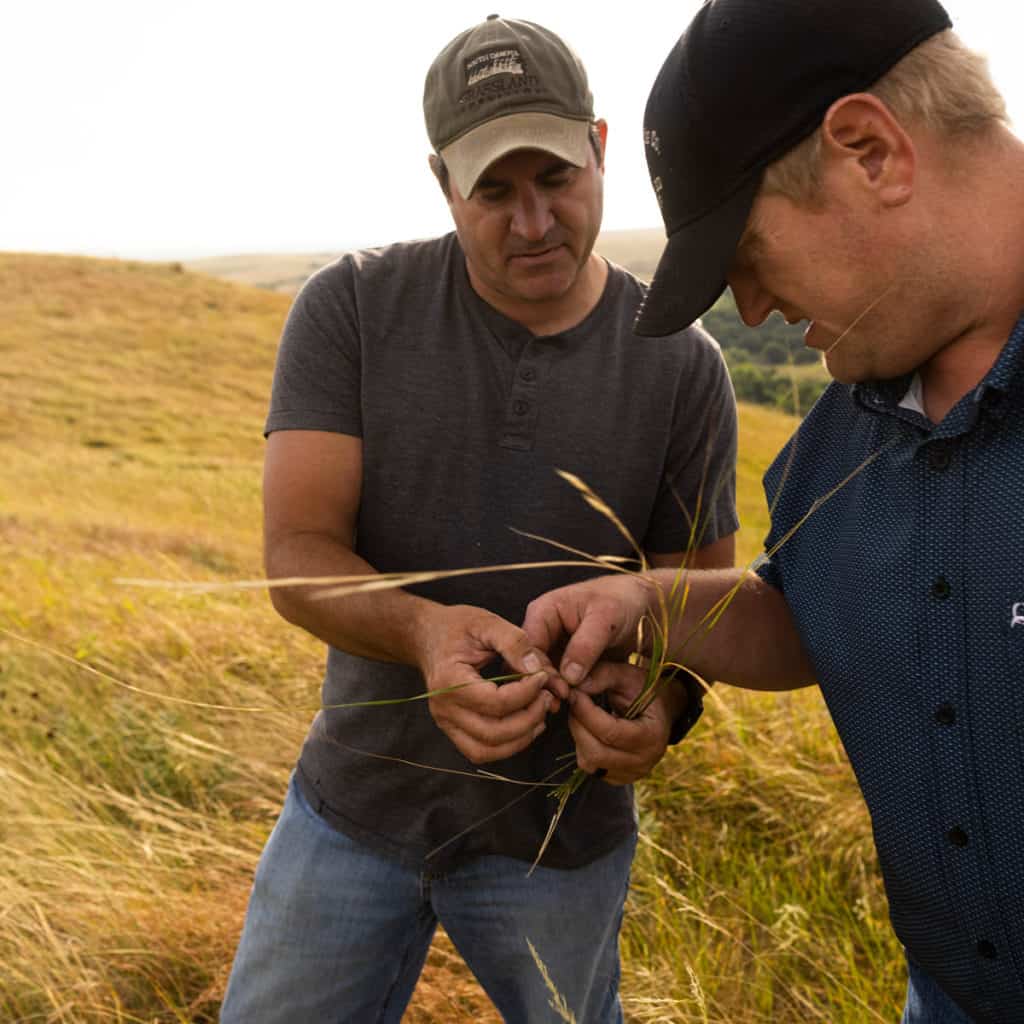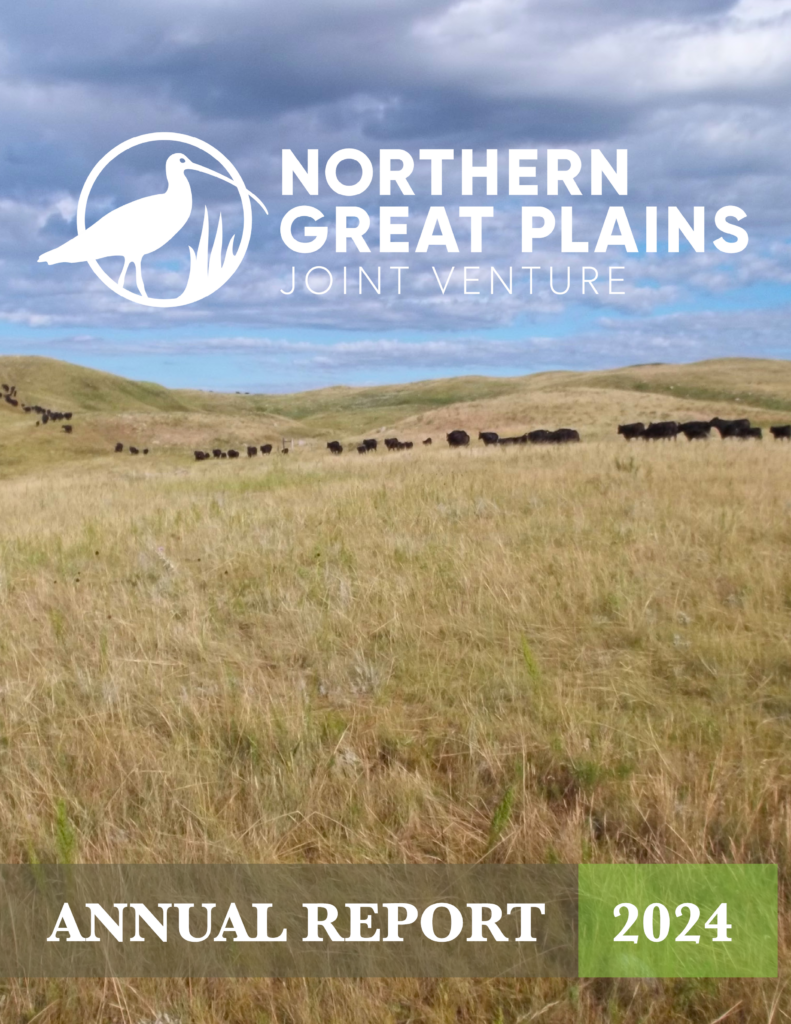Resilient grasslands support vibrant ranching communities, robust grassland bird populations, and sustainable ecosystem services.
Resilient Grasslands
photo by Mitch Kezar
Our Region
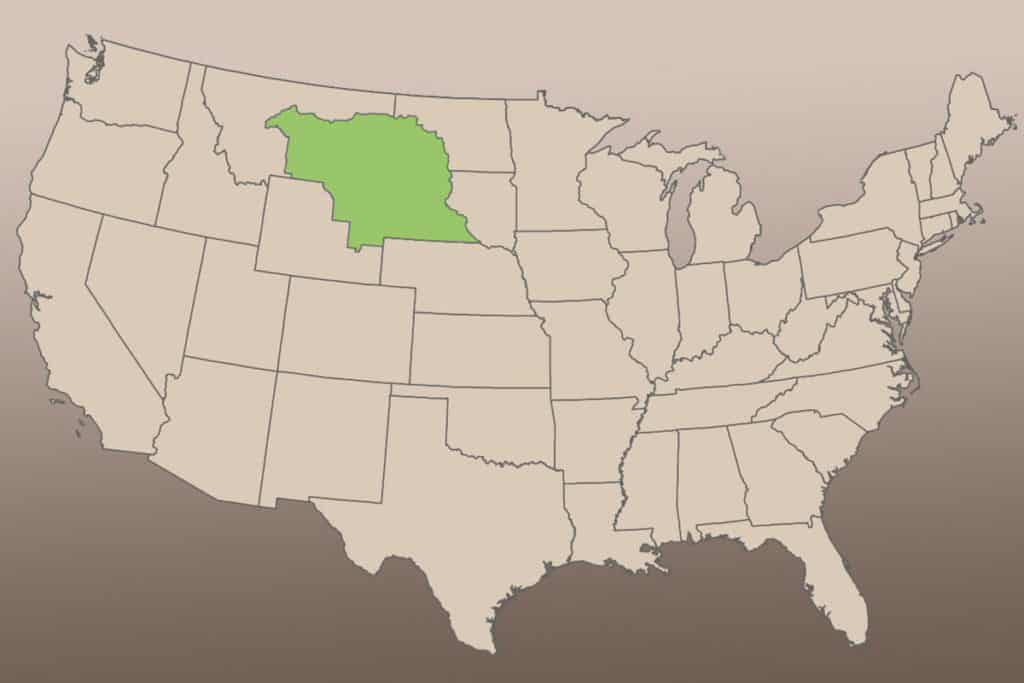
conservation across the plains
Long-billed Curlew by Ron R Bielefeld
This report highlights the incredible collaborative conservation work happening across the Northern Great Plains. Learn about the meaningful partnerships, innovative strategies, and on-the-ground conservation efforts that are making a real difference for birds, people, and the grassland ecosystems we all cherish.
Recent News
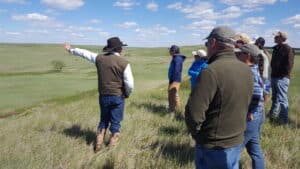
Unpacking the Human Dimensions of North America’s Central Grasslands
This study examines the social dynamics underlying grassland conservation efforts to identify enhanced conservation approaches in North America’s Central Grasslands. We solicited expert perspectives from 29 diverse stakeholders representing the eight sectors identified by the Central Grasslands Roadmap. Through a series of online workshops and a Strengths-Weaknesses-Opportunities-Threats analyses, we mapped stakeholder connections and identified barriers
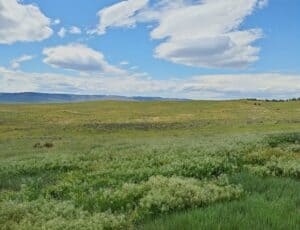
Range Improvements Benefit Livestock and Wildlife Near Gillette, Wyoming
In fall 2018, Wyoming Game and Fish Department Sheridan Region Terrestrial Habitat Biologist Todd Caltrider began working with members of the Spring Creek Grazing Association on a long-term plan to improve range conditions on the Thunder Basin National Grassland and several adjoining private properties northeast of Gillette, Wyoming. Multiple projects were implemented over several years
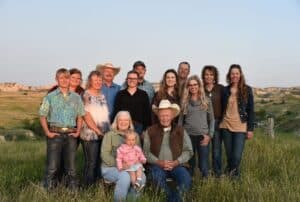
The Mahlstedt Ranch Inc.: Building Resilience Through Diversity
Alexis Canen greets us at her family ranch in eastern Montana. It’s a warm day in late June. She’s wearing a t-shirt, jeans, and a medical boot wrapped in a blue sack on her left foot. The sack is to keep out the dust. The boot is to protect her wounded foot from further injury.

